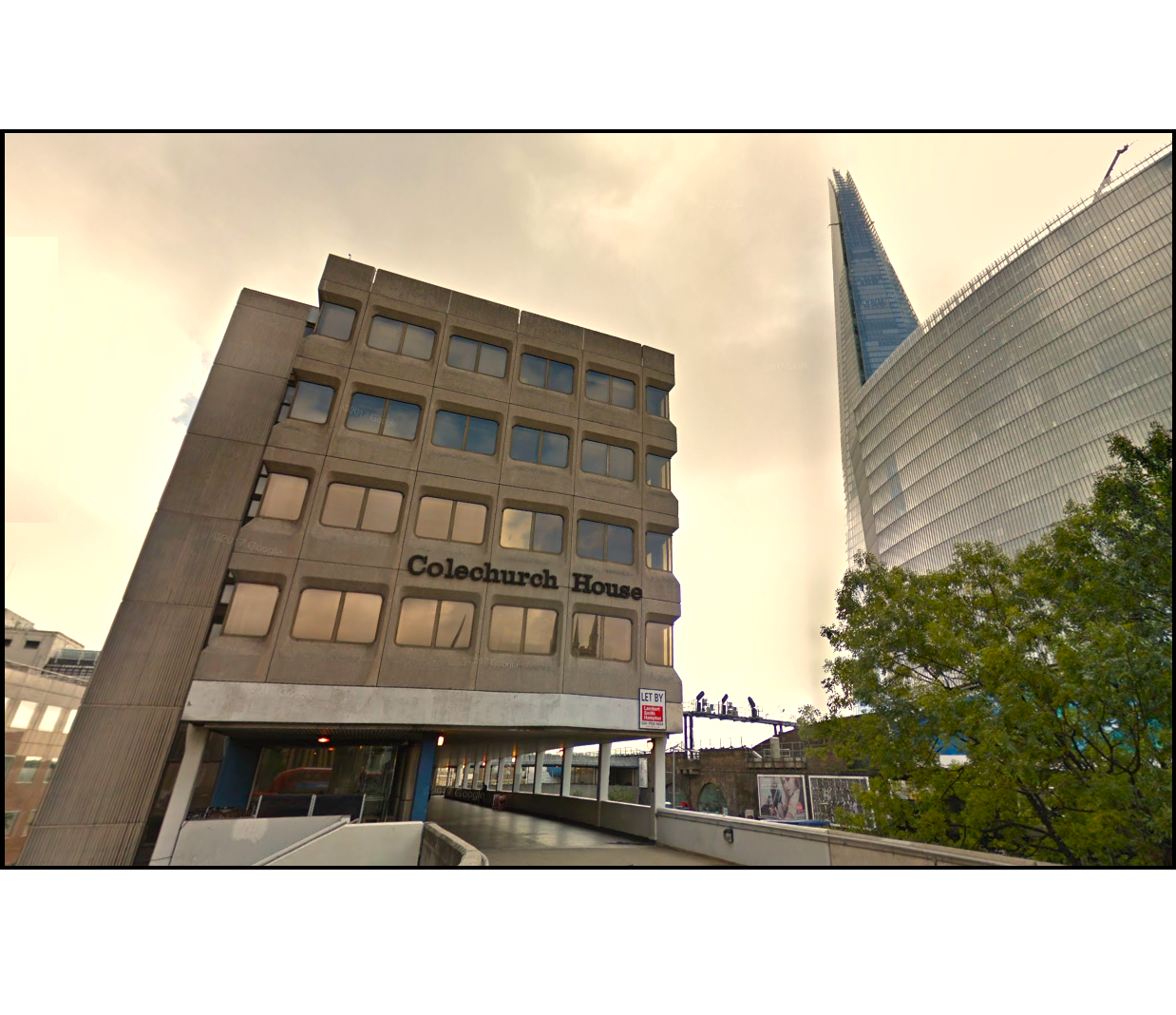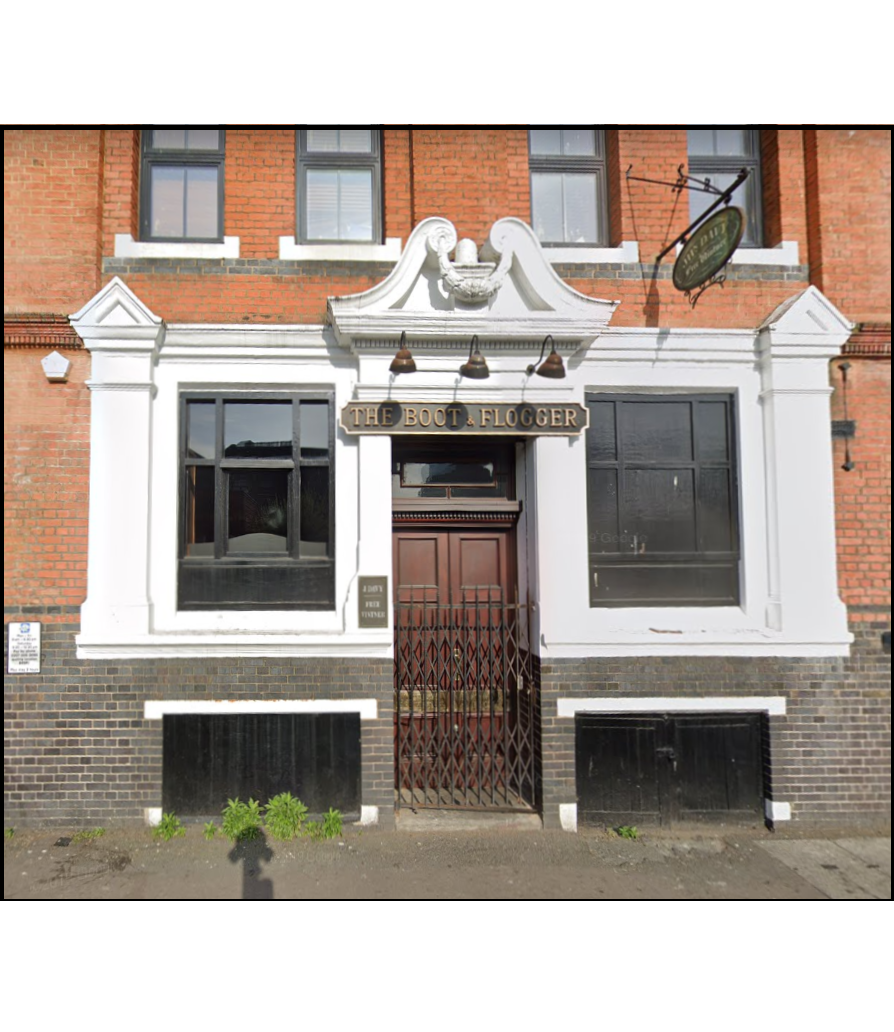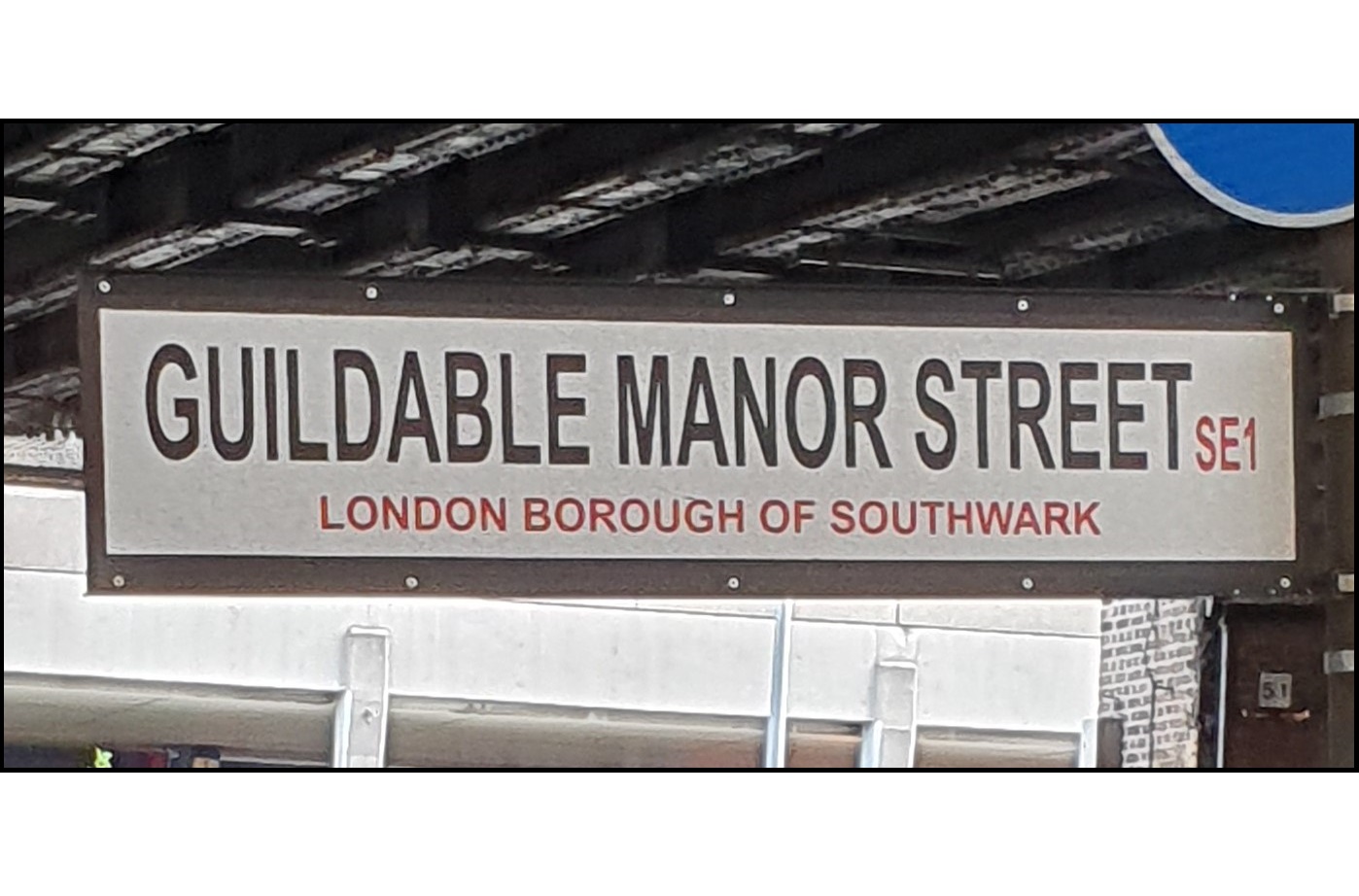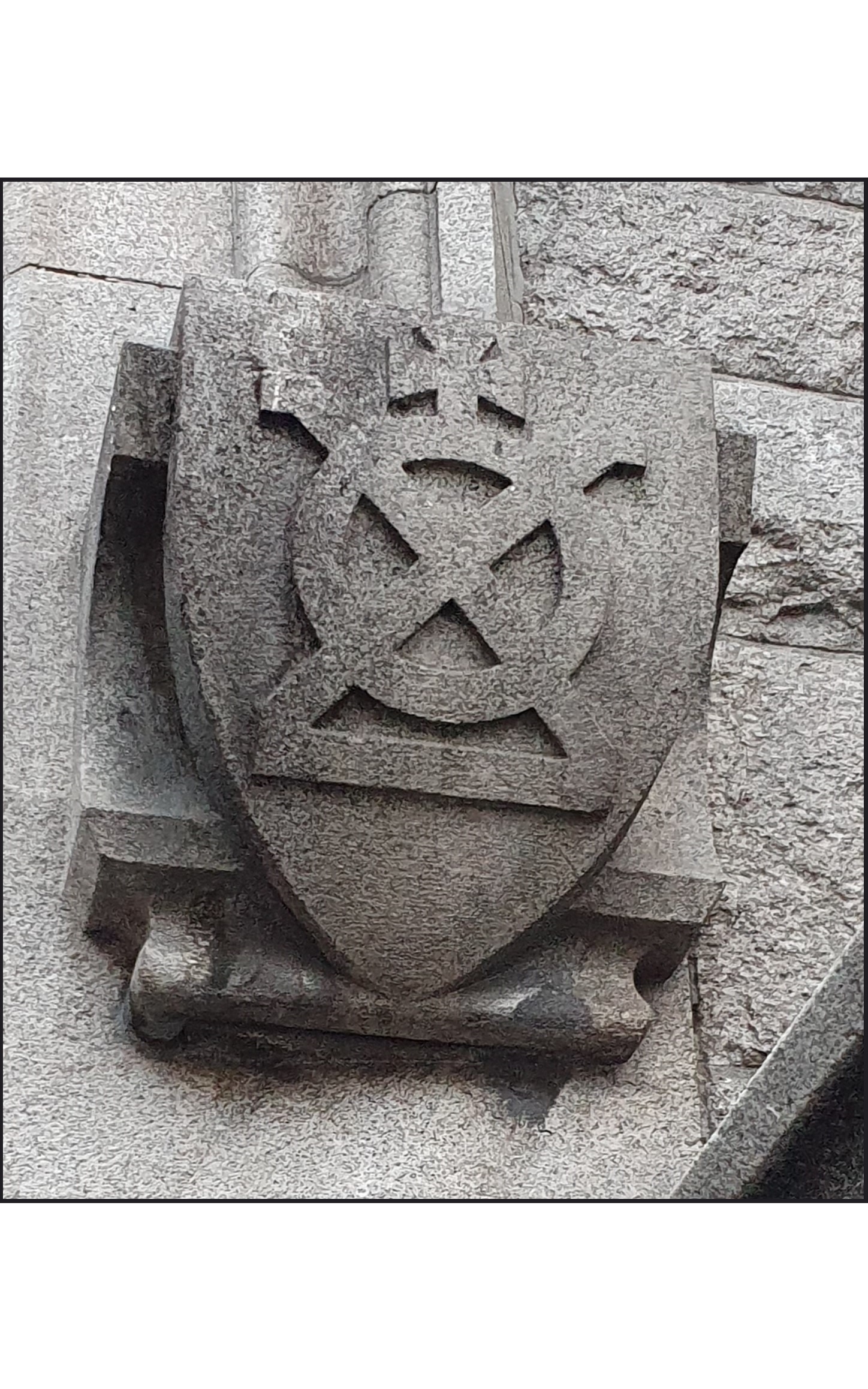
… afeerors and outropers. It’s time to brush up your Chaucer, order your villein* to bring forth mead, and hold on hard to your cotehardie as we enter the twilight world of the Southwark Courts Leet and Views of Frankpledge for the three Manors of the City of London. These outposts of the Square Mile have cornered the market in archaic titles and legal impotence.
*Feudal tenant subject to a lord of the manor, to whom he paid dues & services in return for land.
1. That’s a long name. What does it mean?
Allow me to provide some definitions:
Southwark is an area of Greater London lying just south of the Thames.
Courts Leet were the lowest courts of law in medieval England, with a civil jurisdiction covering only minor matters over which the local lord of the manor had authority.
Frankpledge was a system of compulsory sharing of responsibility among small groups of people (‘tithings’). The Courts Leet were responsible for judging the actions of individuals relative to their frankpledge commitments. One particular bugbear in medieval Southwark seems to have been the state of pavements.
The three Manors are areas now in the London Borough of Southwark. Between 1327 and 1550 the City of London, north of the Thames, gained some control over them.
A small area south of London Bridge, named after taxes paid on goods about to cross the bridge to enter the City. It contains some serious real estate, such as Southwark Cathedral and the Shard. The manor’s website claims that the area is coterminous with the Suthringa Geweorc mentioned in the Burghal Hidage of c.880 AD, but as there are five words in that claim I don’t understand, I’ll move swiftly on. Control was granted to the Lord Mayor, Commonalty and Citizens of the City of London by Edward III in 1327, as those fine people had a spot of bother with ‘felons, thieves, and divers other malefactors and disturbers of the peace, who, in the … city and elsewhere, [having] committed manslaughters, robberies, and divers other felonies, secretly … flee to the town of Southwark’.
Post-1327 the ‘malefactors’ simply moved to areas just outside the Guildable Manor. In hot pursuit 223 years later, the City authorities obtained control of two adjacent manors. These were granted by Edward VI in a charter dated St. Georges Day 1550, in return for £647 2s 1d:
This is south of the Guildable Manor. Chaucer’s pilgrims in the Canterbury Tales gathered at the Tabard Inn here in 1386. The Great Liberty was owned by the Archbishop of Canterbury until the Reformation when Henry VIII ‘acquired’ it. This allowed Henry’s son Edward in turn to pass it on to the City.
The southern part of an area originally held by the Abbey of St. Saviour’s which was ‘granted’ to Henry VIII in 1536.
As the City is divided into administrative wards, the three manors became the ward of Bridge Without, but never had representation on the City council (the Court of Common Council). It did get an unelected Alderman, which I’m sure caused joy unbounded on the streets of Southwark.
2. Did the City manage to stop the criminality?
Yes and no. The City’s efforts to pursue the criminals and stamp out bad behaviour was seriously compromised by two factors: Firstly, the City couldn’t get its hands on a mansion within the King’s Manor called Suffolk Place, as King Edward ‘so delighted in it’. After briefly being part of the Royal Mint, the mansion was demolished in 1557 and the site degenerated into lawless tenements known as the Liberty of the Mint. Secondly, the northern part of the Abbey’s land remained outside City control, becoming an area of excessive medieval naughtiness, much to the Lord Mayor’s chagrin. It was divided into the Liberty of the Clink, controlled by the Bishop of Winchester and famed for its prison, licensed brothels (‘stews’) and prostitutes (‘Winchester geese’), taverns, bear-baiting and playhouses; and Paris Gardens, which hosted a legendary upmarket brothel, Holland’s Leaguer, and a single playhouse. Here’s a tolerably accurate illustration showing mint, manors and liberties:

In 1546, Henry VIII ordered the City’s representatives in the Guildable Manor to clear the Clink stews of women, despite them being beyond the officials’ jurisdiction. Needless to say, they failed. They were far more successful in preventing immoral venues like stews, gambling houses and theatres from appearing in their own manors. Indeed, these were kept theatre-free for 750 years until that hotbed of sedition and immorality, the Unicorn Children’s Theatre, slipped through the net in 2006.
3. Are the three manors still part of the City?
For all practical purposes, no. They existed as a weird, undemocratic enclave for centuries; City influence slowly ebbed away and civic responsibilities were shared across a number of bodies, until a move began in the late 19th century to create the Metropolitan boroughs of London. To try to circumvent this, in a dramatic 1892 gambit the jurors of the Southwark Courts Leet proposed the amalgamation of the City and six parishes in Southwark. The City authorities were lukewarm – one commentator witheringly suggested the only remaining bond between Southwark and the City was that the City-appointed Steward of Southwark held a Court Leet, and the principle business of that was to have dinner. The City of London (Inclusion of Southwark) Bill was duly defeated, and the Metropolitan Boroughs of London created in 1900. The three City manors were divided between Southwark and Bermondsey – now merged as the London Borough of Southwark – and ceased to exist as political entities.
However, it seems the City of London’s Lord Mayor didn’t get the memo. Bridge Without, by then a powerless duplication of municipal control, was only abolished in 1978 by merger with Bridge Within ward. The Alderman of the resulting Bridge and Bridge Without ward still gets treated to dinner by the Southwark High Sheriff annually, probably as compensation for representing a ward with such a daft name. Dinners, you will notice, become a recurring theme in recent years.
And the manorial Courts Leet just carried on.
4. So the Courts Leet really do still exist?
Yes – against all logic, and despite the disappearance of Bridge Without and the creation of municipal boroughs.
Most remaining Courts Leet in England were abolished under the Administration of Justice Act 1977, but those in Southwark, with about 30 of their brethren nationwide, survived as ‘preserved legal jurisdictions’, giving off the unmistakable whiff of formaldehyde and borax.
As the Courts Leet survive, so does a City-controlled entity – known to its friends as the Guildable Manor, but properly calling itself The Association of the Jurors of the Court Leet, Exchequer Court and Recorder’s Court – to oversee them.

← The Guildable Manor is based in the hideously ugly and distinctly un-medieval Colechurch House. This is destined for a ‘landmark’ redevelopment, according to the Architects’ Journal. Not a moment too soon.
5. What do the Southwark Courts Leet do?
Under the 1977 Act, the only business they can transact is the ‘pronouncement of an address by the High Steward of the Southwark Manors and the appointment of traditional officers’. In other words, they can arrange a speech and appoint people to powerless official positions. Fortunately for the population’s good humour, some of these positions have bizarre titles and roles, and the Southwark Courts Leet have revived a few of them:
Sadly, the Southwark Courts Leet do not have Pinherds to impound stray animals, nor a Woodward to stop poaching in woodland, nor yet a Chimney Peeper looking to see that chimneys have been cleaned. There was once a Scavenger, but no longer; the Courts Leet are also devoid of Ditch Reeves and Brook Lookers. Existing positions are filled by jurors. They serve in the various roles on a ‘Buggins’ turn’ basis for one year from the lowest position, Under Ale Conner, until they reach the dizzying heights of Foreman. Additionally, the Court of Aldermen of the City appoints a High Steward and a High Bailiff to rule over the Guildable Manor organisation, such as it is.
There are brief annual sittings of each of the three Courts Leet, all on the same day – usually around the second Wednesday in November – when the High Steward and High Bailiff swear into office the Jurors and nominated officers. Each sitting occurs within the relevant manor, and the Great Liberty Court Leet – a court of law, remember – has shown great style in making frequent use of the Boot & Flogger wine bar as a venue. This day is also the occasion of the High Steward’s speech mentioned in the 1977 Act, and all too predictably it ends with a Court Leet luncheon.
→ An interesting location for a court of law: The Boot & Flogger wine bar in Redcross Way, in the King’s Manor. Perhaps the wine steward is entrusted with choice of venue.

The objectives of the Guildable Manor are stated on its website to be ‘to promote good fellowship and the maintenance of the traditions of the City of London and its Chartered Manor of the Town and Borough of Southwark known as the Guildable’. As a result, there are also a number of social events, such as jurors’ dinners, and at these events the Carniter and Ale Conner still have to pronounce the fare good before everyone else can tuck in. Many events seem to involve the legal profession – I suspect the Courts Leet still see themselves as active law courts, rather as legend has it the tiny yappy pekingese dog still believes itself to be a lion. The most prestigious event, according to the website, is the Justices and Jurors Lecture & Dinner, which is ‘without parallel’ having ‘its own pre-eminence on the legal circuit’. Given the 2019 speaker was Baroness Hale, President of the Supreme Court of the UK, the peke can perhaps still roar. There are also some minor ceremonies left over from when the courts had real power – the ceremonies of the Assize of Surveys and the Assize of Buildings, for example.
For each of the three manors an annual rent – a quit rent – is still paid by the City to HM’s Exchequer, and this is the other major event of the year. The quit rent for the Guildable Manor is now £11. Each year in March, the rents are paid at a ceremonial Court of Exchequer of the Queen’s Remembrancer. The Foreman and Officers present the rents, dramatically slamming each £1 of the £11 onto a table covered with the exchequer – black and white checked – cloth.

← In September 2011 the gloomy and unloved Railway Approach was renamed Guildable Manor Street. Quick as always, the Guildable Manor had a renaming ceremony (after the ancient ceremony of the Assize of Survey) in 2018.
6. Finally, as we’re talking about the City, big money must be involved, yes?
Yes – step forward another remarkable survivor from medieval times, the Bridge House Estates. In 1282 this trust was created solely to fund the upkeep of London Bridge. The City, as trustee, dipped its hand into the pockets of the Estates in 1550 to pay for the King’s Manor and Great Liberty, an act which the Guildable Manor itself admits to being a ‘dubious exercise’. The upshot was that 270 years later, in 1820, it was decided that income from the three manors could legally only be applied to the Estates and not used for the administration of Southwark. To this day, the Bridge House Estates remains the largest land-owner in the area and is thus an immensely wealthy 700 year-old. So wealthy, in fact, that it has too much money for its current responsibilities (the upkeep of the bridges Tower, London, Millennium, Southwark and Blackfriars) and as a result, its trust rules have had to be changed so it can give some cash away to charity.
→ Possibly the oldest corporate logo in the world still in use by its original owner: The sign of the Bridge House Estates, seen here on the 1894 Tower Bridge. The bridge joins Southwark to the London Borough of Tower Hamlets, just outside the City.

So perhaps, given the five City bridges are in a good state of repair at no cost to the taxpayer, and charities are benefiting, the City’s dubious foray into the administration of Medieval Southwark has had some lasting benefit, and the survival of the Courts Leet is a small and entertaining price to pay for it.
Nearest Stations: There is little trace of the City manors but here are the closest stations to places I have mentioned:
Selected Bibliography:
Credits: